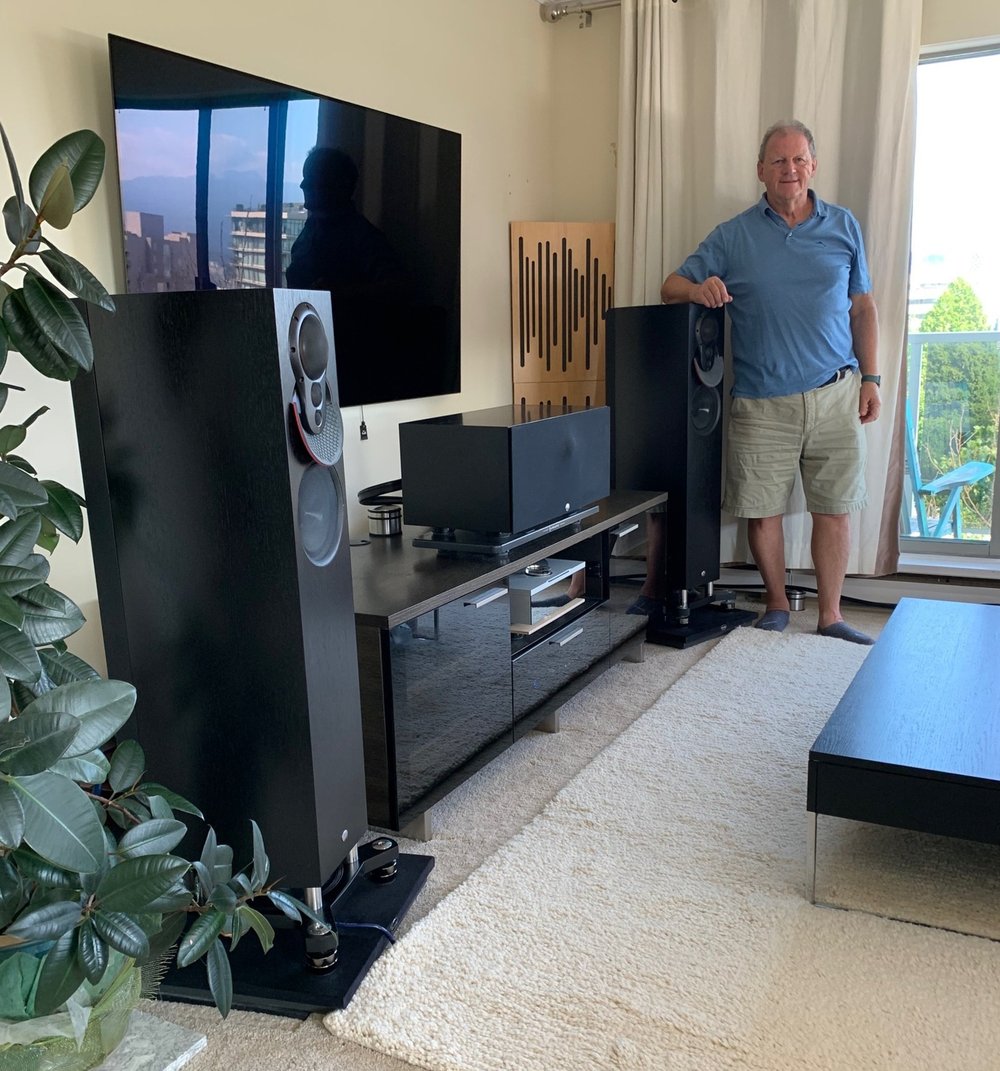
Paul’s system is one of those rare audiophile systems; its composed entirely of gear of the same brand, in this case, made by venerable Scottish company Linn. Paul’s system is Linn’s 5.0 Katalyst Surround System. Did you think that Linn was mostly about turntables and analogue? Only in a nostalgic sense.
Before I get into the specifics of Paul’s system—and believe me when I say that you’ll probably want to try something that Paul suggests—I wanted to say a word about same-brand systems. If we believe that the fundamental principle we’re looking for when putting together a system is synergistic performance, what can be more synergistic than a system built with components designed to specifically work with each other. Of course, when I say this, I’m not referring to the same-brand Japanese systems we were subjected to in the 80s that were constructed of paper-thin metal casings and blew out distortion instead of music when you were barely outputting 30Wpc. I’m talking about the real, high-grade stuff.
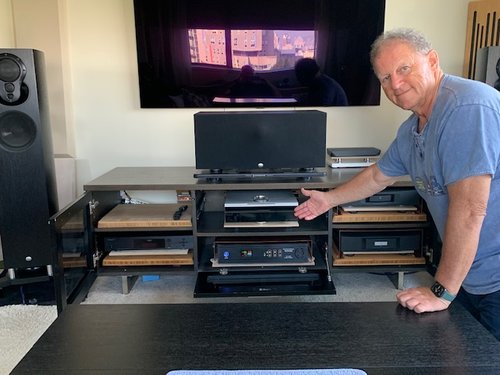
Linn, of course, made its name with its LP12 turntable, and while the company remains generally better known for its analogue championing, the company has, while some people weren’t looking, and despite initially taking its sweet time to start making digital products*, been at the forefront of digital audio engineering. Linn will celebrate its 50th anniversary next year.
“Linn was one of the first, if not the first, companies to come out with digital streaming for high-end stereo systems,” Paul said to me from Vancouver, B.C., during our Zoom chat. “They’re on the cutting edge of digital streaming. I received their new Klimax DSM/3 hub/streamer two days ago, which set me back the price of a new Honda Civic. I’m selling off a couple of other pieces from my system to cover a good chunk of the cost. But wow, it’s sound quality is incredible.”
I asked Paul about the moment when he realized he had a thing for audio. When was it? “Grade 12,” he said. “My friend’s father had a stereo console with a Garrard turntable. He played Led Zeppelin—I think it was ‘Whole Lotta Love’—and the music started and the guitar came out of the left speaker and the bass out of the right one, it went back and forth… that was the moment I knew I was hooked. (laughs) It was far beyond anything I’d heard before. After that, I started saving everything I could for a better music system.
“My first system came from my parents. They bought me a little Seabreeze suitcase record player, on which you could stack about 6 records on the spindle. I was 2½ years old, with a stack of records of Beethoven, Tchaikovsky, Bach. So here I was, playing my own music.”
“Maybe that’s where it all started from,” I suggested. “The seed was planted.” “Oh, yes” he said. “It’s been an unbelievable journey since then.”
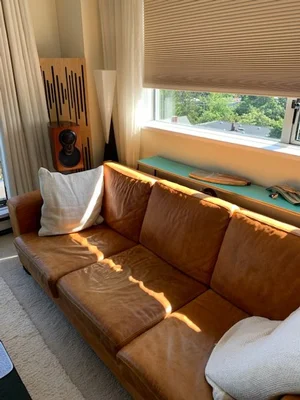
I asked Paul how happy he was with the current state of his system. He shook his head in disbelief. “It’s one of the best, if not the best, systems I’ve heard, of any system.” How was it different from his previous “best” systems? “I had budgetary constraints,” he said. “I was doing a surround-sound system, so I had to do everything in fives. If I had just bought a stereo system from Linn, all its top components but just stereo, it would have been easier. So I had to start at a lower level. With surround, you can’t have the best cables for your speakers in the front and inferior ones for the centre channel and the speakers in the back. It’s got to be the same all around if you want to get the full effect. I was just building and building. The hobby is as much about listening to music as it is tweaking and improving the system.”
Did he regret having gone the 5.1-channel route? “Absolutely not,” he said. “I have a lot of 5.1 surround music. I’m now able to stream music that I’ve ripped from my SACDs, CDs, and DVD-Audio, put it on to my network-attached storage device, stream it through my OPPO Blu-ray player in 5.1, and the sound quality is unbelievable. The thing about surround music compared to stereo is that it completely immerses me in the music. It’s completely surrounding me, not unlike standing where the conductor would stand in a symphony, or being on stage with the band. It adds another dimension to listening. It’s very detailed. I think if you could come out here, it would be quite a surprise.” I told him I accepted his invitation; going to Vancouver was already in the cards for me this fall, and I’d love to pass by.
Did analogue still play a part in his audio journey? “I’m totally digital streaming now,” he said. “But I visit friends who have top-of-the-line turntables—SME, the Linn LP12 Klimax—and I can truly say that in the absence of hearing the very best recordings played on a really exceptional turntable, digital streaming has now reached the point that it’s better than what most people will ever hear on a turntable.”
He added: “Now, had you asked me what I thought about the matter five years ago, I would’ve said that, no question, a great turntable with a well-recorded LP blows the doors off of digital. But I can’t say that now. I think that over 90% of the digital streaming that I’m hearing on my system is better than the sound of most turntables I’ve heard, even with the same recordings, and even off Tidal, which has improved so much. I also have a very good collection of 24bit stereo and surround sound music.”
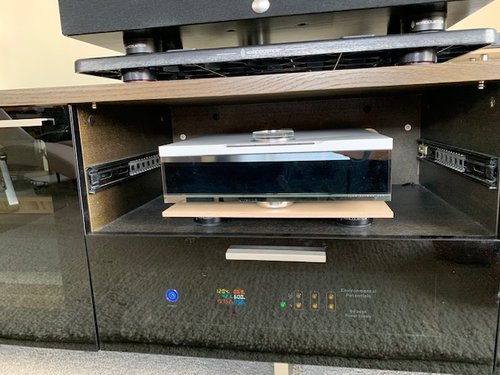
Did he have a theory as to why digital sounds so good now? “The big difference happened in the last two years, with digital audio switches and ethernet cables,” he said. “They’ve taken the digital edge out of the music. Now, digital can sound so analogue that I think most people would have trouble determining if the sound is analogue or digital.”**
I asked Paul if anything had changed in his approach to the hobby. “I do a lot of my own explorations now, when before I used to rely completely on the sales people for their knowledge. Now I learn on my own. Plus, I’m very active on forums, so I’ve learned a lot from other people there. The other thing that really changed my perspective is that I somehow developed expertise in doing room optimization through Linn’s Space Optimisation software included in the Klimax DSM/3. I started by using it on stereos of people who live nearby, and after I’d gone to about 20 people’s homes, I gained enough confidence to go to Europe to do it. So, I’ve travelled for a month at a time or more, gone to twelve or so different countries, visited over 110 homes, to tune up people’s stereos to make them sound better. I’ve learned so much from these people and got so much hands-on experience in working and improvising with different systems.
“I can now make a $15-20,000 system sound like a $30-40,000 system. I tune a person’s stereo like a piano tuner tunes a piano.”
Did his process include acoustic treatments? “I encourage people to use room acoustic treatments,” Paul said. “Because you can have a much less expensive system that sounds better than a more expensive one if you’ve got the right room acoustics. Depending on the room, I highly encourage using diffuser panels, absorption panels, and especially, if needed, bass traps. Many places have an issue with the bass.”
Tweak recommendations? “The three major things that I recommend, that really make a difference to everybody’s system, are:
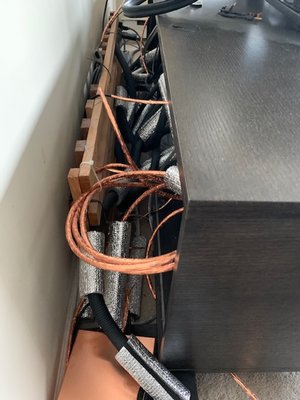
“#1, clean power. There’s a lot of noise that comes through the power lines. Not only that, but the different pieces of equipment you have in your stereo can generate noise that affects the other components. So having a power supply is important. I use a waveform correction device from US-based Environmental Potentials, an industrial company that provides equipment to the medical field. It’s been phenomenal in my system. Power cables are also very important, but…
“#2, you have to keep the power cables away from signal cords. I’ve got my signal cables wrapped in copper tape, because nearby power cords give off an EMI signal that runs the length of the cable. If you’ve got your ethernet cables, or interconnects, or speaker cables near a power cord, you’re sucking the life out of the music. I also use copper shielding around my components to mitigate magnetic interference.
“#3 is vibration control. Under my equipment, I use IsoAcoustic Iso-Pucks under a Baltic birch aviation plywood shelf made by a company in Finland. The shelf has 16 layers and is 8mm thick. It’s super light but rigid and it rejects vibrations. It improves the timing and the level of detail like you wouldn’t believe. Vibration control is key if you want to get the best.”
His favourite part of the hobby? “My background is as a scientist, so being an audiophile is a journey of discovery. And I’ve loved music since I was a young child. So combining the audio journey with music has been phenomenal. And the friendships I’ve made going to people’s homes in England or Wales or Germany, well, those friendships have taken on an even greater importance than listening to music and the hobby. You can’t buy that kind of friendship at a hi-fi store.” (laughs)
I asked Paul to name the most important lesson he’d learned from his journey. “Don’t be afraid to try new things. When you go on the audio forums, there are people who like to discover and tweak and try to optimize their system to get the most out of it. Then there are people who are vehemently opposed to the idea that anything could make a difference. I’m certainly not in the second camp.”
“And yet you’re a scientist” I told him. “And still you believe in such things as better audio cables.”
“I absolutely have heard so much of a difference that that’s why I keep doing it,” he said. “I have very good hearing. I’ve travelled to all these different homes in Europe belonging to people who are experienced audiophiles, musicians, concertgoers, and here I am with no formal musical training, able to tune their system to the way they want to hear it. It’s not just me tweaking it, these people are part of the process. I want them to hear it the way they want to hear it. After all this, I can absolutely say that these tweaks or these improvements with cables, with power, with vibration control are, without a doubt, real. It’s like transforming a Volkswagen Golf into a BMW M5.”
His favourite components in his system? “The new Klimax DSM/3 system that just arrived. Then my surround sound speaker system. I have 23 speaker drivers in my surround system. Each has its own channel of amplification and DAC. It’s all digital crossovers, so there’s very little phase distortion between the drivers. That eliminates muddiness and lack of clarity in the music. The sound is just seamless.
“Next I’d say are my two Environmental Potentials HPS waveform correction devices. Those, in combination with the new Cardas Clear Beyond power cords, have taken my system to a place I couldn’t dream of 4 months ago. I’m in audio heaven.”
Can’t wait to hear it, Paul.
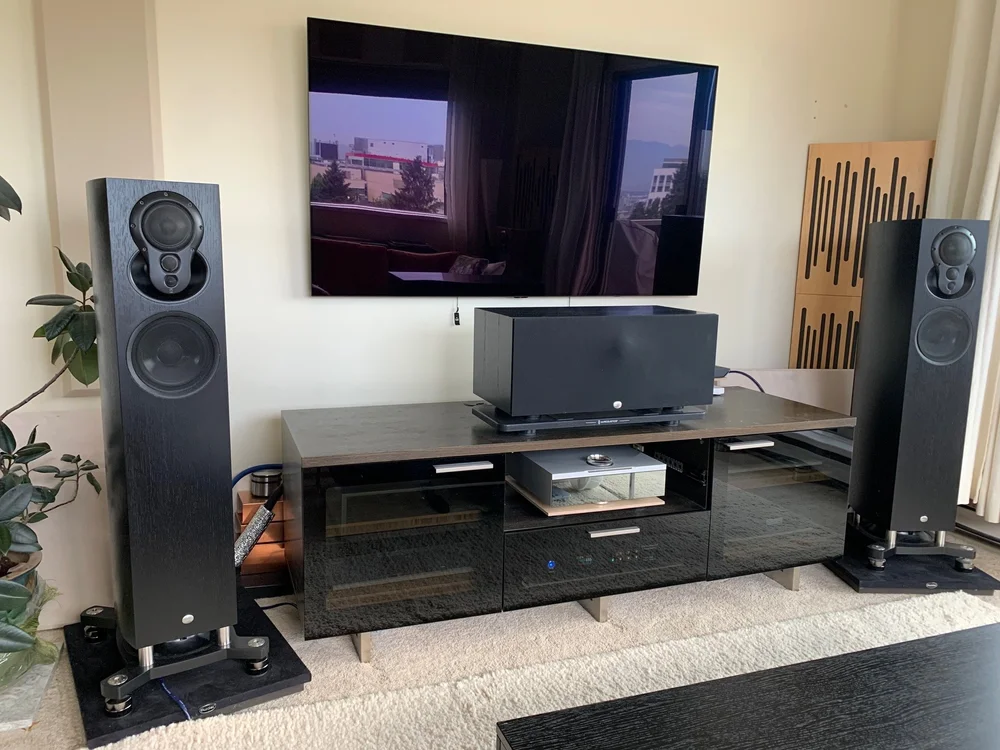
Associated gear (all prices in CA$ unless otherwise noted):
- Linn Klimax DSM/3 hub/streamer $26,000
Front speakers: Akubariks $60,000
Surround speakers: Akudoriks $8000 - Akurate Exaktbox (drives the Akudoriks) $9,000
Centre channel speaker: Akurate 225 $4000 - Akurate Exaktbox 6 (sends digital signals to the Akurate 225) $6500
- Akurate 4200 amplifier $8000
- AC conditioners: Environmental Potentials HPS $2500
- Vibration control: Isoacoustic Gaia, Orea, and Iso-Puck devices ($various)
- Baltic Birch Aviation plywood shelf made in Finland (Approx. 36 Euros)
- OPPO 203 Blu-ray player (n/a)
- Ethernet cables: Cardas Audio Clear ($350 each)
- Interconnects: Linn Silver RCA (connected between the Exaktbox and centre channel speaker) ($600)
- Power cords: Shunyata Alpha Digital, Cobra, Cardas Clear Beyond ($various)
- Room acoustic treatment: Vicoustic Extreme Bass traps, Primeacoustic diffusers and absorption panels, ATS absorption panels ($various)
- Silent Angel Bonn N8 audiophile switches and a Bonn Forester F1 linear power supply (connected to Paul’s NAS) ($various)
Further notes: Linn’s proprietary Space Optimization software mitigates room modes below 80Hz and uses Space Optimization + to adjust time of flight from each speaker driver to the listening position. Stereo music is streamed directly from Paul’s NAS or from Tidal HD.
*Linn’s first digital product was the Karik, which came to market in 1993, 11 years after CD’s introduction.
** Shades of MoFi, anyone?
If you have a system you’d like to talk about in our “No, I have the best system in the world!” series, let us know by dropping us a line here.


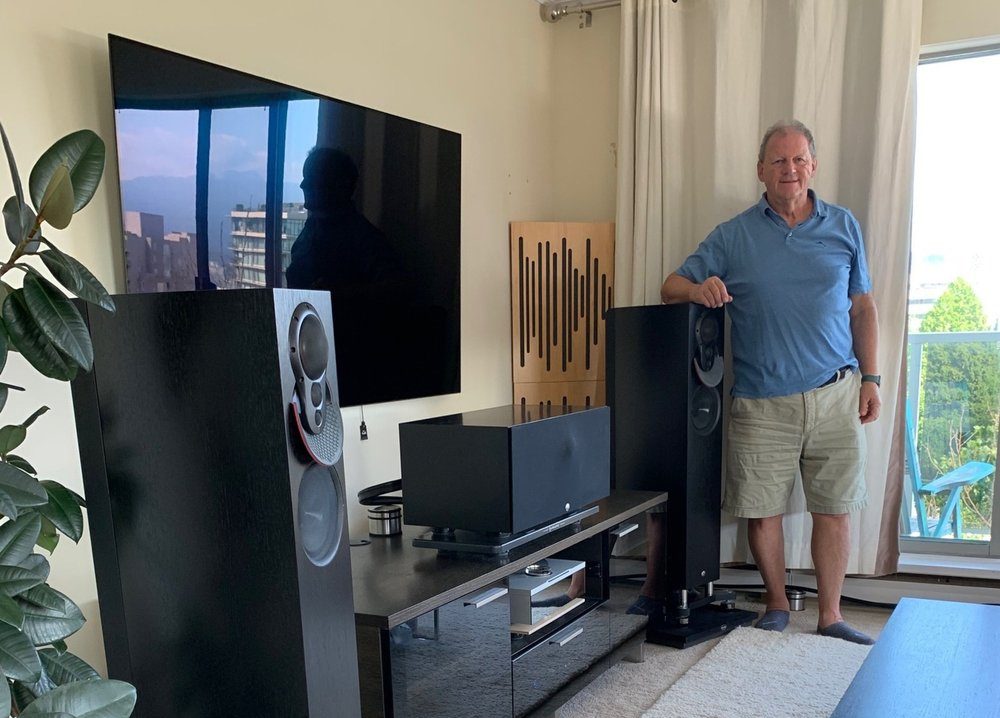

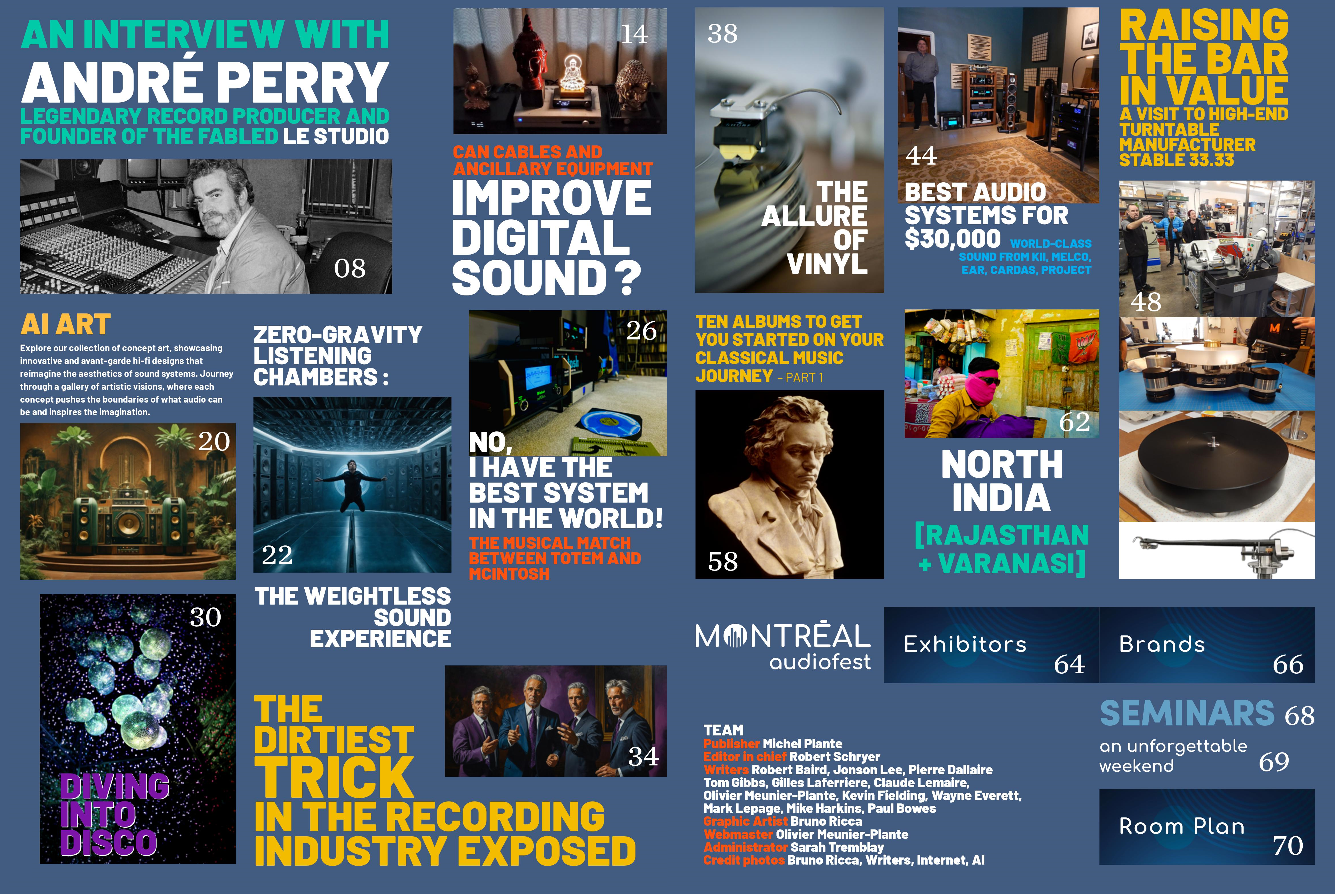
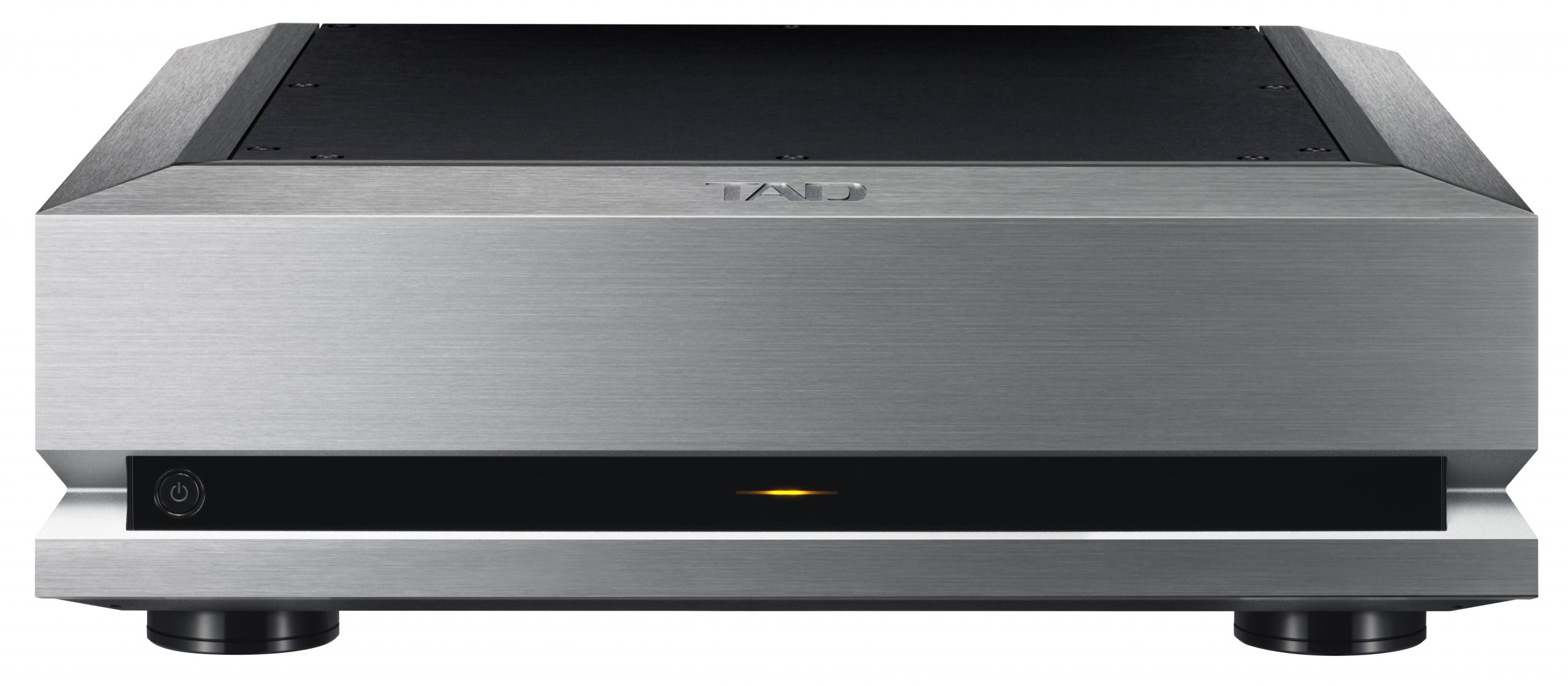

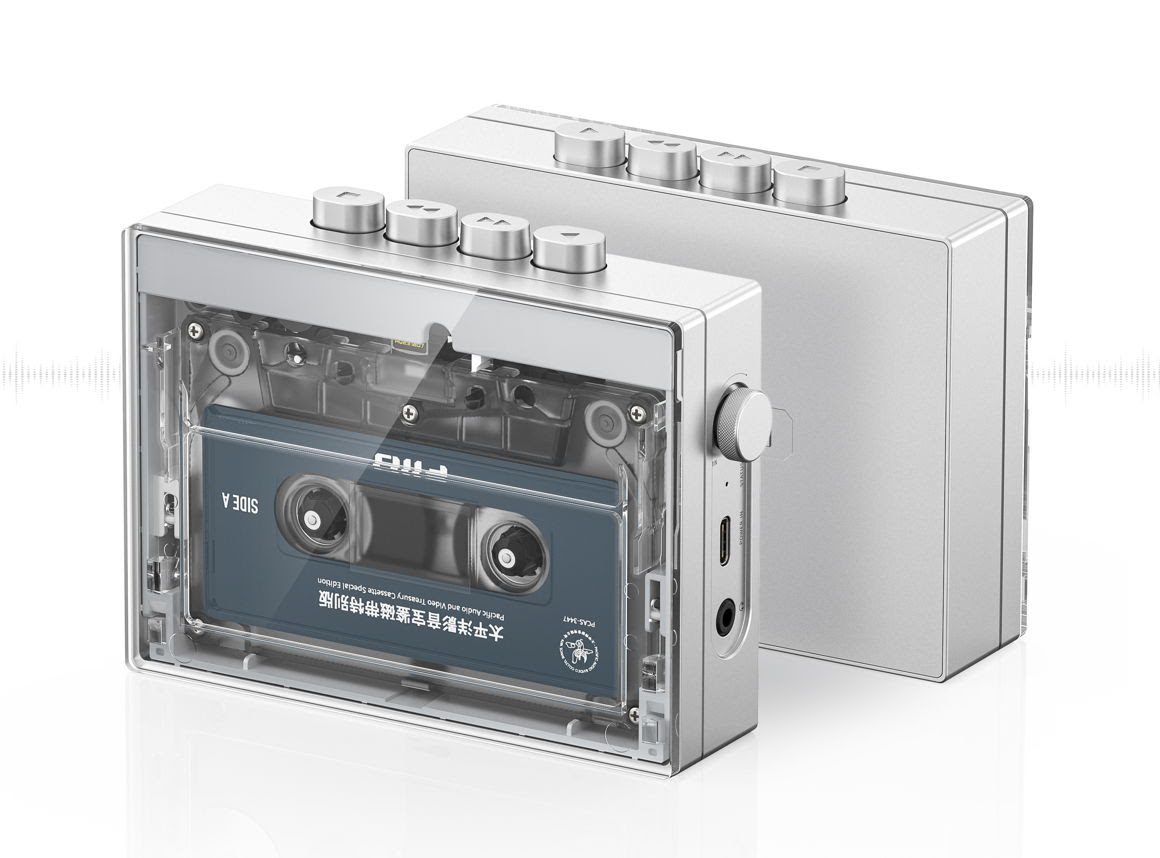


Leave a Reply